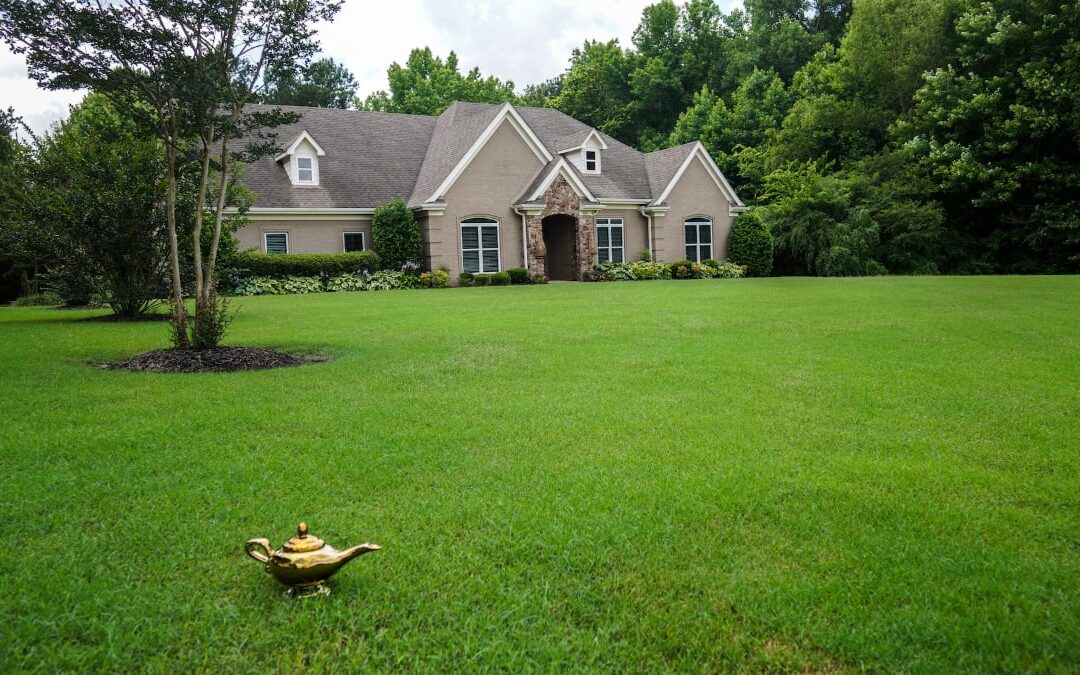What Sod Is
Sod, also known as turfgrass, is a type of grass that has been grown and cut into strips or squares for use in landscaping. Sod is composed of soil and grass seed that have been carefully cultivated to form a tight mat of grass with shallow roots. The soil beneath it holds moisture and nutrients needed for healthy growth.
Depending on the type of grass used, sod can be used for various uses such as lawns, golf courses, parks, and other outdoor recreational areas. Sod is also highly resilient to weathering and erosion due to its dense root system. It helps protect the soil from wind and water damage. We will focus primarily on sod for your lawn.
Types Of Sod
The use of sod in landscaping offers numerous advantages. It is a great way to quickly and easily create an attractive, lush lawn that requires minimal maintenance. Sod can also be used to repair bare spots in the lawn or to start a new lawn from scratch. To make sure you get the right type of sod for your needs, it’s important to understand the different types of sod available.
St. Augustine Grass
St. Augustine is a warm-season grass that grows abundantly in Texas and throughout the Gulf Coast region. It’s a popular choice for homeowners due to its fast growth, dark green color, and relatively low maintenance requirements. When it comes to pests, however, St. Augustine can be more vulnerable than other types of sod. It’s also not the best choice for colder climates as it can go dormant in winter temperatures.
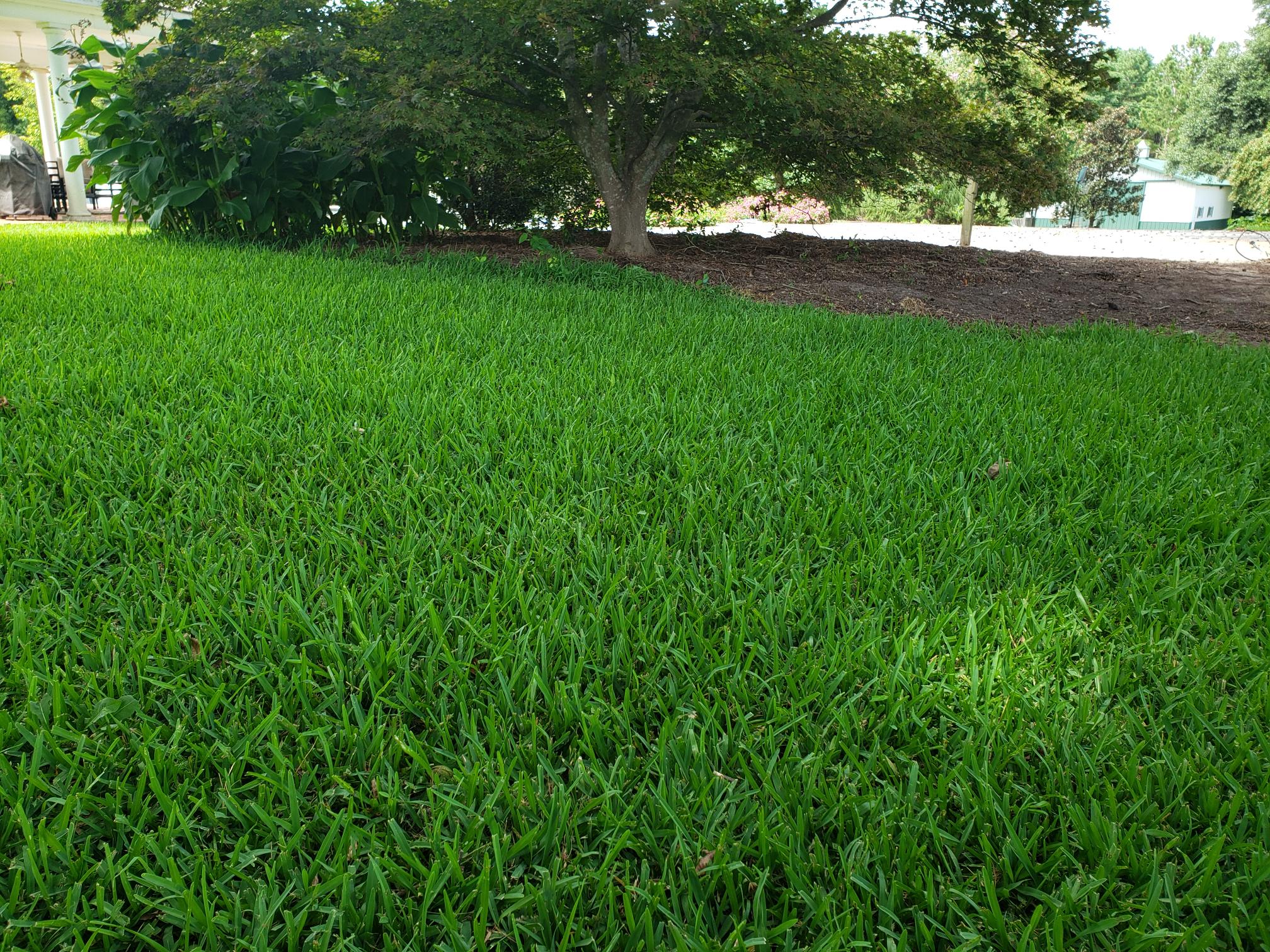
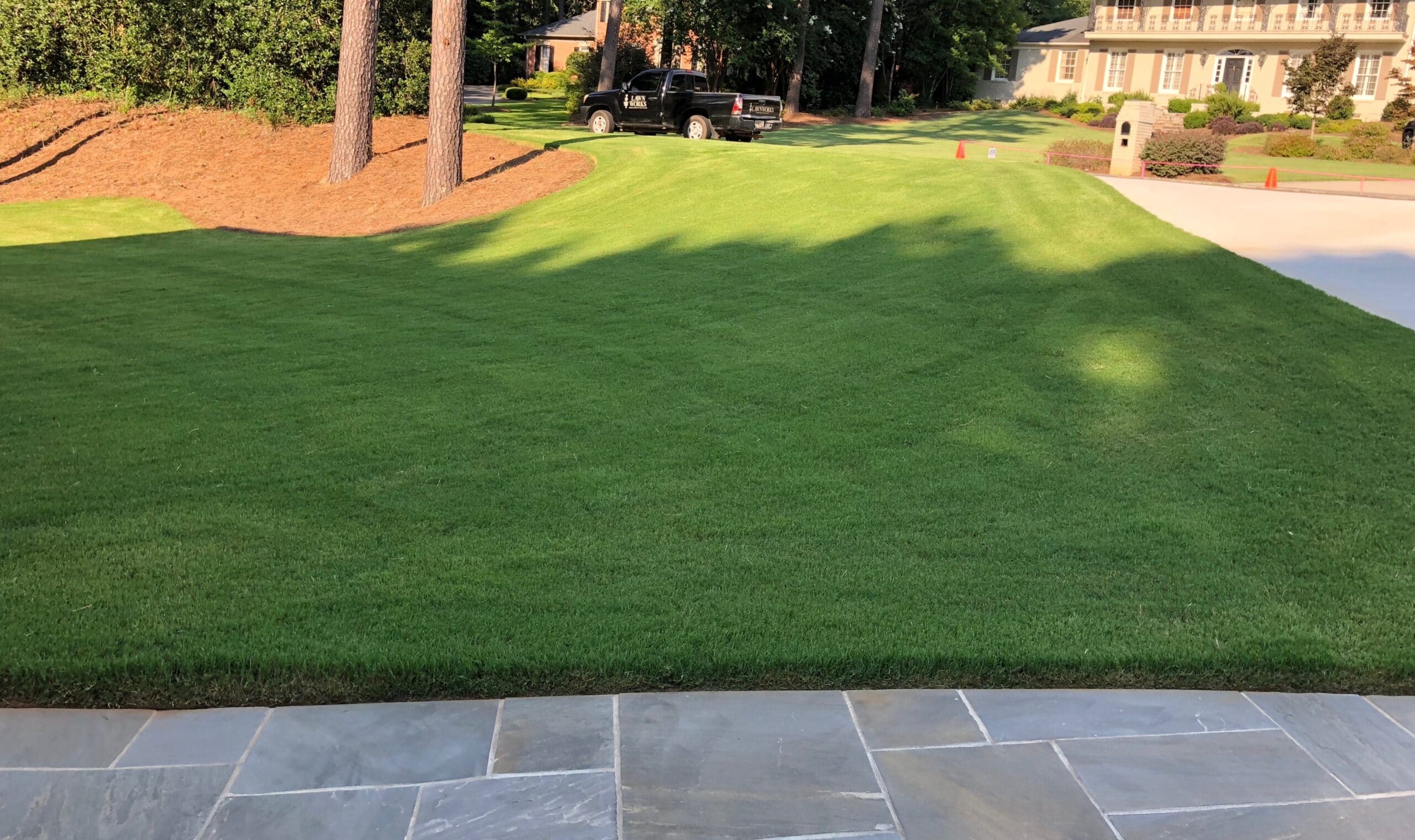
Bermuda Grass
Bermuda grass is a very popular warm-season grass that is drought resistant and grows extremely fast, making it great for larger lawns or those that need to be filled in quickly. It is a dark green color and, like St. Augustine grass, it’s relatively low maintenance once established. Unfortunately, Bermuda Grass can be difficult to get rid of if you decide you no longer want it in your lawn.
Zoysia Grass
Zoysia grass is a warm-season variety that grows slowly but has a deep root system that makes it very drought tolerant. It also requires less mowing and fertilizing than other types of sod, making it a great choice for those who don’t want to spend a lot of time on lawn maintenance. The downside of Zoysia grass is that it can be slow to establish and does not do well in colder climates.
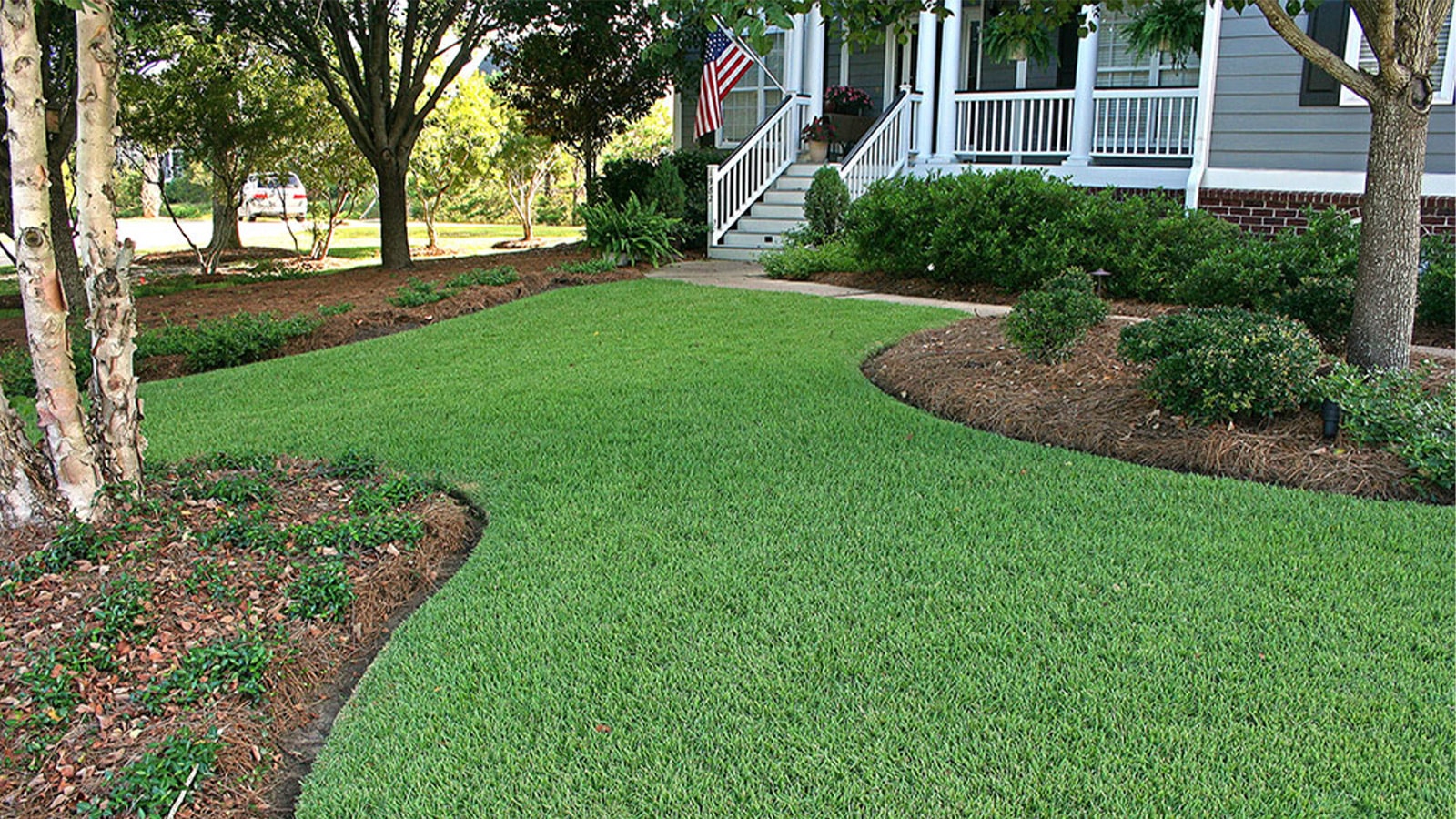
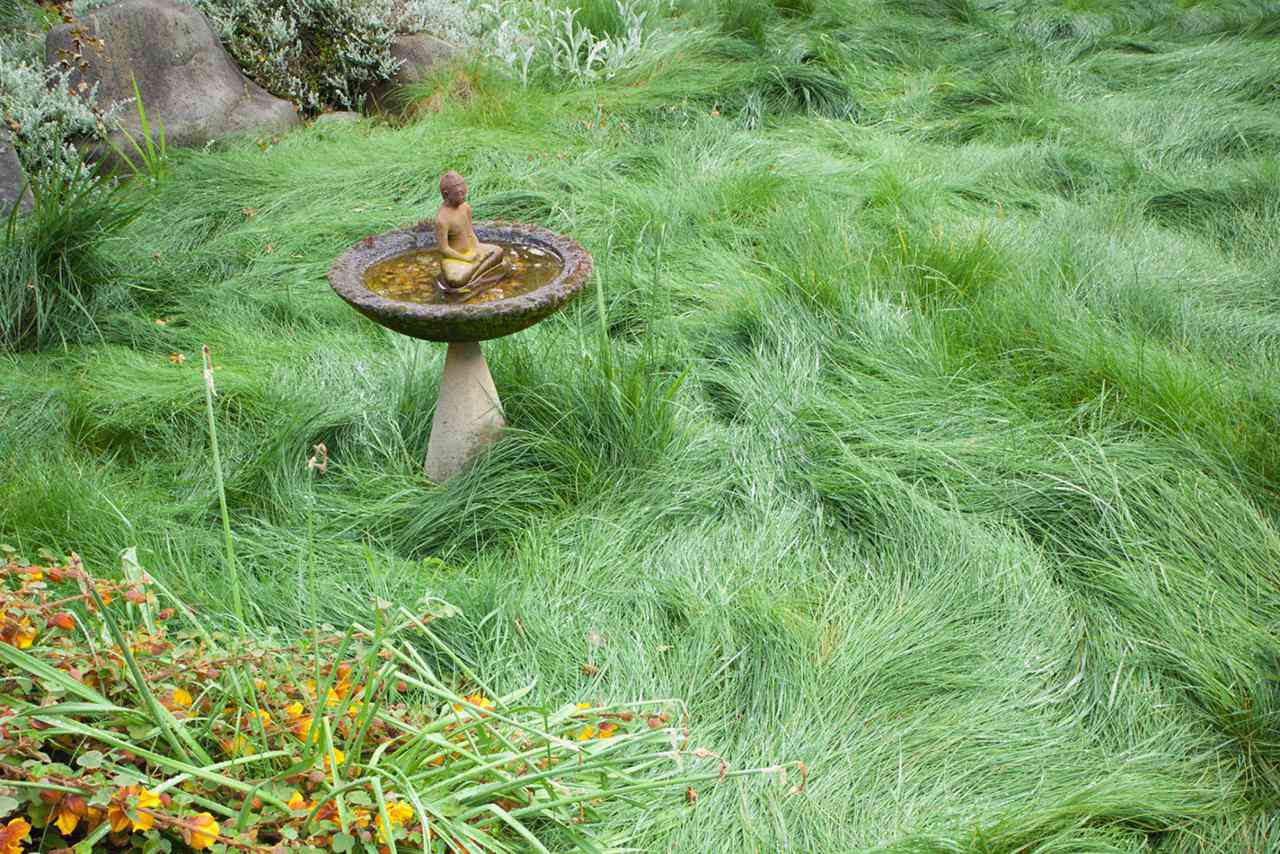
Fescue Grass
Fescue grass is a cool-season variety that grows well in the northern and mid-Atlantic regions of the United States. It’s known for its deep green color, slow growth, and disease resistance. Fescue grass is also drought tolerant once it’s established, making it an ideal choice for those who don’t want to spend a lot of time watering their lawn. The only downside is that it does require more frequent mowing and fertilizing than some other types of sod.
Ryegrass
Ryegrass is an annual grass that is often used as a temporary solution for bare spots in the lawn. It grows quickly and does well in cooler climates, but requires frequent mowing and fertilizing to stay healthy. Ryegrass can also be planted over the winter months in warmer climates to provide some seasonal color to your lawn.
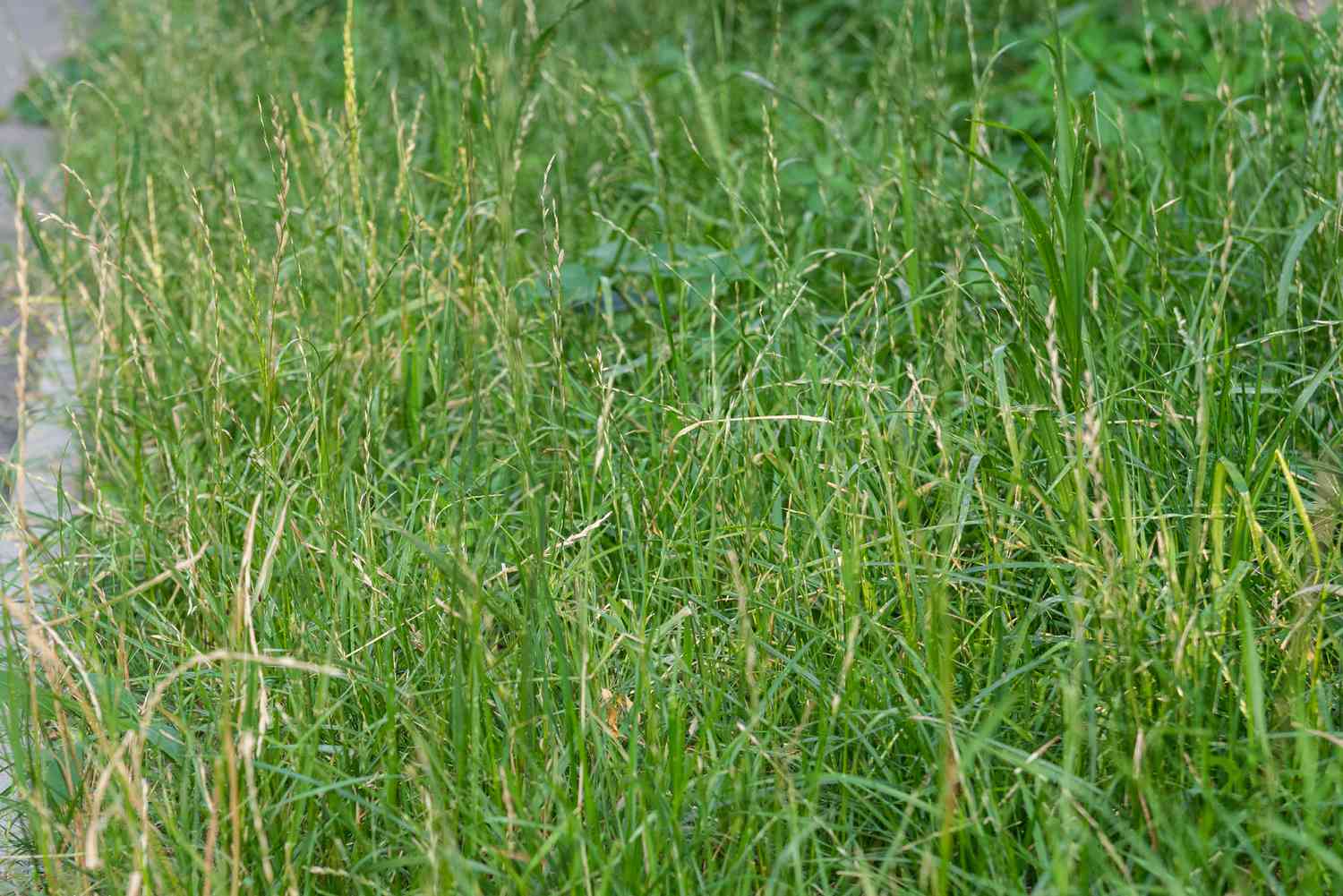
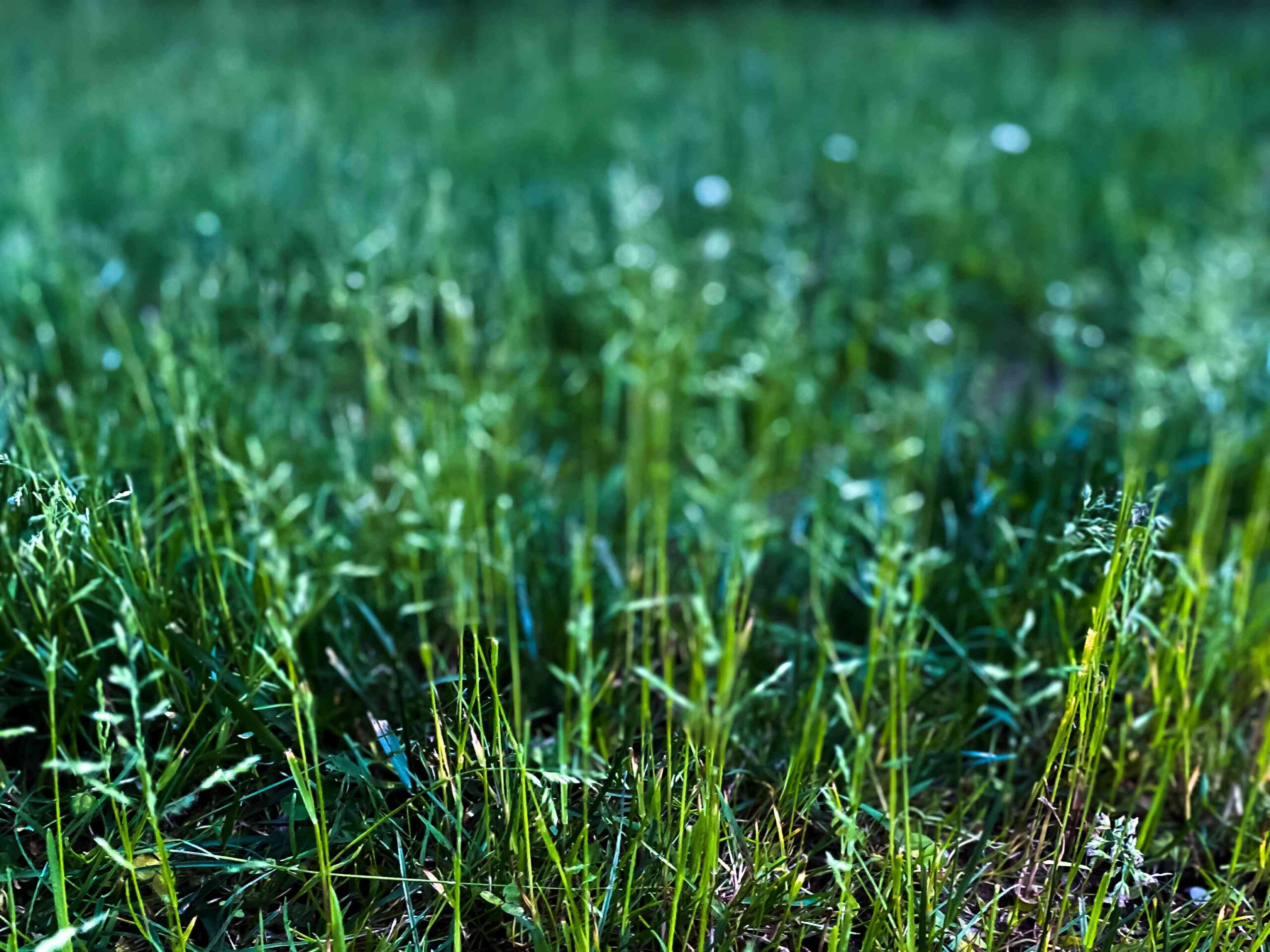
Kentucky Bluegrass
Kentucky Bluegrass is a cool-season grass that is popular in the Midwest, due to its deep green color and dense growth. It’s also relatively disease resistant and can tolerate some drought conditions once established. The downside of Kentucky Bluegrass is that it can be slow to establish from seed, so many homeowners choose to install sod instead.
Sod is an excellent choice for creating a beautiful, lush lawn quickly and easily. By understanding the different types of sod available and choosing the right type for your needs, you can create a lawn that will stay green and vibrant for years to come. Whether you choose St. Augustine grass, Bermuda grass, Zoysia grass, or Fescue grass or others, a lush lawn is within reach.
Uses Of Sod
Sod can be used for a variety of applications, from creating beautiful lawns to stabilizing soil on slopes. Here are some common uses for sod:
- Lawns – Sod is the perfect way to create an instant lawn in any area, regardless of its size. Installing sod is much faster than seeding, and it produces a lush green carpet of grass immediately.
- Slopes – Sod can be used to stabilize slopes and help retain soil. It helps prevent erosion and keeps the soil in place, even during heavy rains or strong winds.
- Athletic Fields – Sod is often chosen as the preferred material for creating sports fields due to its durability and ability to withstand high levels of foot traffic.
- Golf Courses – Creating a golf course takes both skill and time. Sod is the perfect material to use as it not only looks great but also helps protect the soil from water runoff and provides a consistent playing surface.
Growing Advice For Sod
Once you have chosen the right type of sod for your project, it’s important to take care of it properly. Here are some tips to ensure your sod remains healthy and lush:
- Water regularly – Sod needs regular water for the first few weeks after it’s installed. Make sure to keep the soil moist but not soggy.
- Mow properly – Once your sod is established, make sure to mow it correctly. Don’t cut it too short, or you can damage the grass.
- Avoid stress – Sod is more susceptible to disease and pests if it’s stressed. Make sure to keep foot traffic off of your sod for the first few weeks after installation, and avoid over-fertilizing or over-watering.
With the right type of sod and proper care, you can create a beautiful and lush lawn that will last for years. Sod is an easy and cost-effective way to add instant curb appeal to any home or landscape project.
How To Choose The Right Type Of Sod
When it comes to choosing the right type of sod for your project, there are several factors to consider. It’s important to take into account your climate, the amount of sunlight the area receives, and your budget. You should also consider the types of soil in the area and whether you need a fine-leafed or coarse-bladed variety. By researching different sod varieties, you can determine which type is best suited for your project.
Once you’ve decided on the right type of sod, it’s important to follow proper care and maintenance guidelines. With regular watering, mowing, and fertilizing, you can keep your sod healthy and lush for years to come.
Sod is an easy way to create a beautiful lawn in any area, so make sure to do your research and choose the right type for your project. With the right care and maintenance, you can have a lush lawn that will last for years.
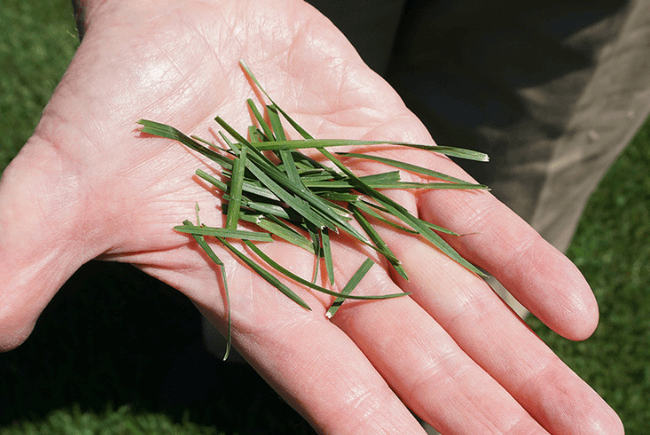
When Is The Best Time To Lay Sod?
There is no one-size-fits-all answer to this question. Generally, the best time of year depends on your climate and desired outcome. In cooler climates such as in the northern United States, spring and autumn are typically the best times to lay sod. The soil has warmed up enough that it will allow for better growth with fewer complications. When laying sod in the spring, be sure to keep it watered and shaded until it is established.
In warmer climates such as those in the southern United States, autumn or winter are the best times to lay sod. The cooler air temperatures reduce stress on the newly laid grass and allow for better root growth before summer’s heat arrives. It is important to keep the sod watered during the winter months so that it remains strong and healthy.
No matter when you decide to lay your sod, be sure to plan for a gradual transition period into full-sun exposure. Starting with partial sun will help keep the grass from drying out too quickly and ensure that it is well established before summer’s heat arrives.
How Long Does Sod Take To Root?
When it comes to laying sod, one of the most important questions you need to ask yourself is how long it takes for the grass to root. This is an essential part of the process as rooted grass ensures that your lawn remains beautiful and healthy. Typically, sod roots within two to four weeks after installation. However, if your soil is particularly sandy or clay-like, it could take a bit longer for the root system to develop fully. A good way to determine if your sod has rooted sufficiently is by gently tugging on your grass. If it feels like it’s secured in the soil, your sod has likely taken root.
In addition, this process doesn’t take long at all! Depending on environmental conditions such as weather, humidity, and temperature, root growth can take anywhere from just a few days to up to six weeks. To give your sod the best chance to root quickly, it’s important that you make sure your soil is prepared correctly before laying the grass. Make sure it’s damp but not soggy and that all debris is removed to ensure good drainage.
Once you’ve laid the sod and it’s had a chance to get some sun, you can begin to water the grass. Overwatering is discouraged as this can lead to root rot or fungus growth, but lightly watering your lawn for approximately 10-15 minutes every other day should be enough. After just 7-10 days of consistent watering, you should begin to see signs of root growth.
Does Sod Become Permanent?
When it comes to sod, many people may ask whether the grass becomes permanent or if they need to continually replace it. The answer is that sod does become permanent, but only if it’s properly cared for and maintained.
To ensure your sod maintains its permanence:
- Water regularly – be sure to water your lawn once a week to keep the soil hydrated.
- Use fertilizer – regular use of a high-quality fertilizer helps promote growth and color retention in your grass.
- Give it enough sunlight – make sure your sod gets at least 8 hours of sunlight each day to ensure it stays healthy and vibrant.
- Mow correctly – mowing too low can damage the grass and allow weeds to take over, while mowing too high can prevent water from reaching the roots.
- Remove debris – remove any leaves, sticks, or other debris that may have fallen on your sod to ensure it stays healthy and lush.
By taking these steps to properly care for your sod, you can ensure its permanence and enjoy a beautiful, lush lawn for years to come! Additionally, you can extend the life of your sod by choosing a high-quality product and laying it correctly. High-quality sod is denser than low-quality varieties, meaning it will stay put longer and resist weed growth more effectively.
Your content goes here. Edit or remove this text inline or in the module Content settings. You can also style every aspect of this content in the module Design settings and even apply custom CSS to this text in the module Advanced settings.
How Long Does Sod Last?
The life expectancy of sod depends on several factors such as the quality of grass in the sod, soil conditions, climate, and maintenance practices. High-quality sod with good soil should last up to five years. With proper care and regular maintenance, it can last even longer than that.
Some steps you can take to ensure your sod lasts as long as possible include applying fertilizer in the spring and fall, watering deeply once a week, mowing at the recommended height for your type of grass, and removing any debris or weeds regularly. Correctly aerating the soil and using a top dressing to give your grass extra nutrients can also help your sod last longer. Although the lifespan of your sod depends on several factors, you can start enjoying all of its beauty from the moment it is installed. With proper care and maintenance, you should be able to enjoy it for many years to come.
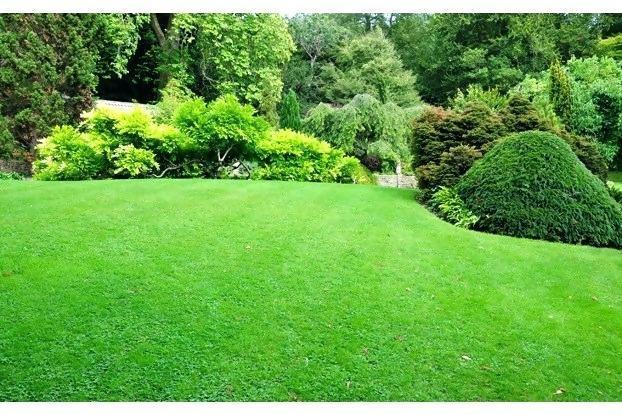
How Do You Know If Sod Is Good?
When it comes to installing sod for your landscape, you need to make sure that the sod is good quality. Good quality sod ensures strong root growth and a lush green lawn. Here are some tips on how to tell if the sod you have chosen is of good quality:
- Check The Color – Make sure that the color of the grass blades is a healthy, dark green color. Avoid sod that looks yellow or brown as this is usually an indicator of poor quality.
- Examine The Blades – Inspect the grass blades to make sure that they are firm and upright. Good quality sod will have more pliable and thicker blades than lower-quality varieties.
- Check For Thickness – Look for a good thickness across the entire sod sheet. Too thin or too thick are signs of poor quality or inferior grass blades.
- Feel The Roots – Feel the roots by pressing lightly on the sod and make sure that they are firmly attached to the soil. If you can easily pull out the roots, this is an indication of lower-quality sod and could lead to future problems.
- Look For Weed Growth – Check the sod for signs of weed growth, such as crabgrass or dandelions, and if present, this is an indicator of low-quality sod.
- Smell It – If you can smell a musty odor from the sod when it’s cut open, then this is a sign of poor quality.
By keeping these tips in mind, you can ensure that the sod you install for your landscape will be of good quality and last for years to come. Good luck!
How Does Sod Affect Soil?
Sod acts as a protective layer between the soil and the atmosphere, helping to maintain moisture and regulate temperature extremes. In addition, sod also helps to reduce weed growth and can help prevent erosion by holding soil particles together. The roots of sod plants are able to penetrate deeply into the soil, helping to break up compacted areas and improving soil structure. This improved soil structure helps the soil to absorb water more quickly, as well as providing additional aeration which encourages growth of beneficial microorganisms.
Organic matter from sod is another important factor in soil health. As roots die off naturally, they provide food for a variety of organisms including earthworms and other beneficial insects. The organic matter helps to increase the amount of nutrients present in the soil, and can also help improve the pH balance of the soil.
Finally, sod acts as a natural filter for water runoff. As water runs through it, nutriments are retained which can be absorbed by plants and help promote healthy growth
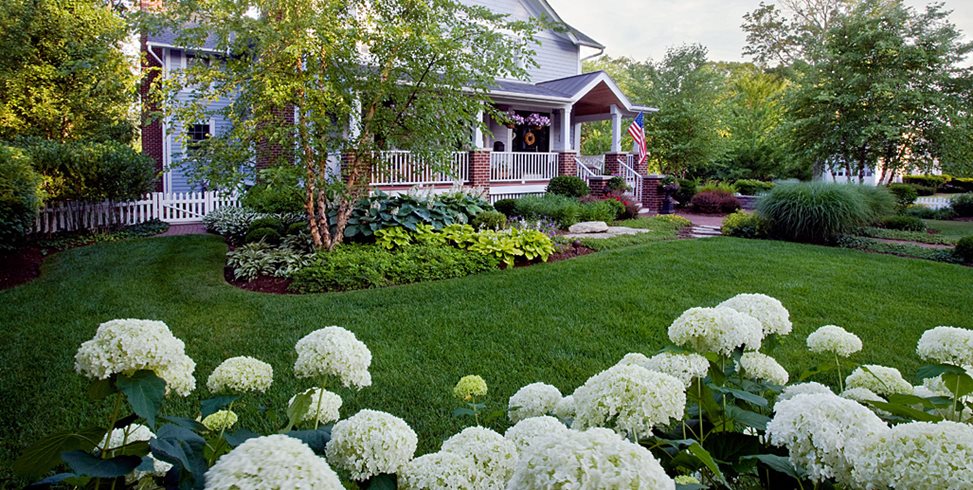
What Is The Fastest Growing Sod?
There are many different types of grass available on the market today, with some having faster growth rates than others. One popular type of sod that has a fast-growth rate is zoysia. Zoysia grass is an attractive turfgrass that grows quickly and can withstand extreme heat and drought conditions better than some other types of sod. It also requires less fertilizer and water, making it a good choice for those who want to save money on lawn care expenses.
Bermuda grass is another type of sod that is known for its fast-growth rate. This grass grows quickly and creates a thick cover over your soil, making it an excellent choice for areas with heavy foot traffic. It is also resistant to pests and drought conditions, making it an ideal choice for those living in warmer climates.
Fescue sod has a slower growth rate than the other two types of sod listed above, but it is still considered a fast-growing grass. Fescue has a deep green color and provides excellent coverage over your soil. It also requires less watering than some other types of sod and is more tolerant to diseases and pests.
How Thick Is Sod?
When you’re considering laying sod in your yard, it’s important to know how thick the sod should be. Generally speaking, a good depth for most types of sod is between 2 and 3 inches thick. Anything shallower than this can lead to problems with root growth and soil compaction over time.
It’s also important to note that certain types of sod may require a thicker or thinner layer than others. For example, some grasses like Bermuda and zoysia require a thin layer of just 1 inch or less. On the other hand, some grasses like tall fescue are best when laid down at least 4 inches thick.
Soil quality is also an important factor to consider when determining how thick to lay the sod. If you have poor soil quality, it’s best to opt for a slightly thicker layer (e.g., 3-4 inches) as this will ensure better water retention and aid in root growth. On the other hand, if you have high-quality soil, you can get away with laying just 2 inches of sod.
Can You Lay Sod Over Existing Grass?
The idea of laying new sod over existing grass can be appealing, as it seems like a simple and cost-effective way to give your lawn an instant makeover. However, there are some important considerations before deciding if this is the right option for you and your yard. The first thing to note is that laying sod over existing grass can be much more difficult than starting from a fresh slate. If your lawn is already in good condition, you may be able to lay the sod over it without any problems. But if your grass has been neglected or is prone to weeds and other issues, this can make laying new sod more difficult.
Another factor to consider is the amount of work required to prepare for new sod installation. If you’re just laying the sod over existing grass, it’s important to loosen and rake the soil before installation. This helps to create a level surface for the new sod and also makes it easier for water and nutrients to reach the roots of both the existing and newly laid grass.
Finally, it’s important to note that if you lay sod over existing grass, you may need to replace it sooner than if you were starting from scratch. This is because the new sod will be competing for resources with the existing grass and any weeds or pests in your lawn. Overall, laying sod over existing grass can be a viable option – as long as you’re willing to take on some extra work upfront.
Return to the main home page

